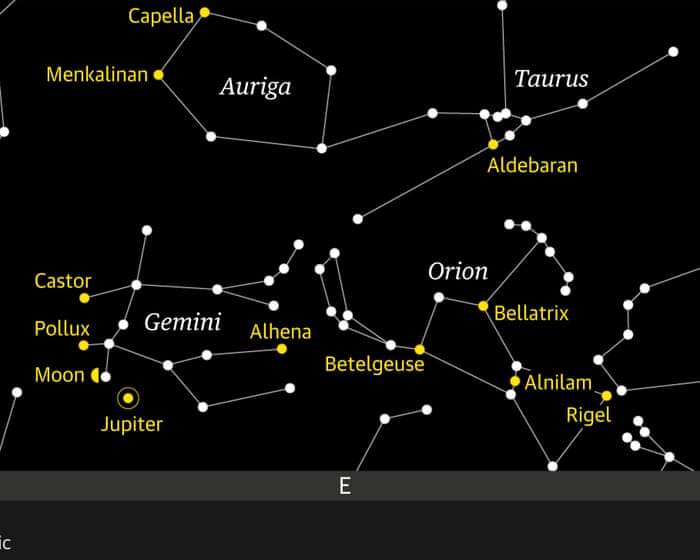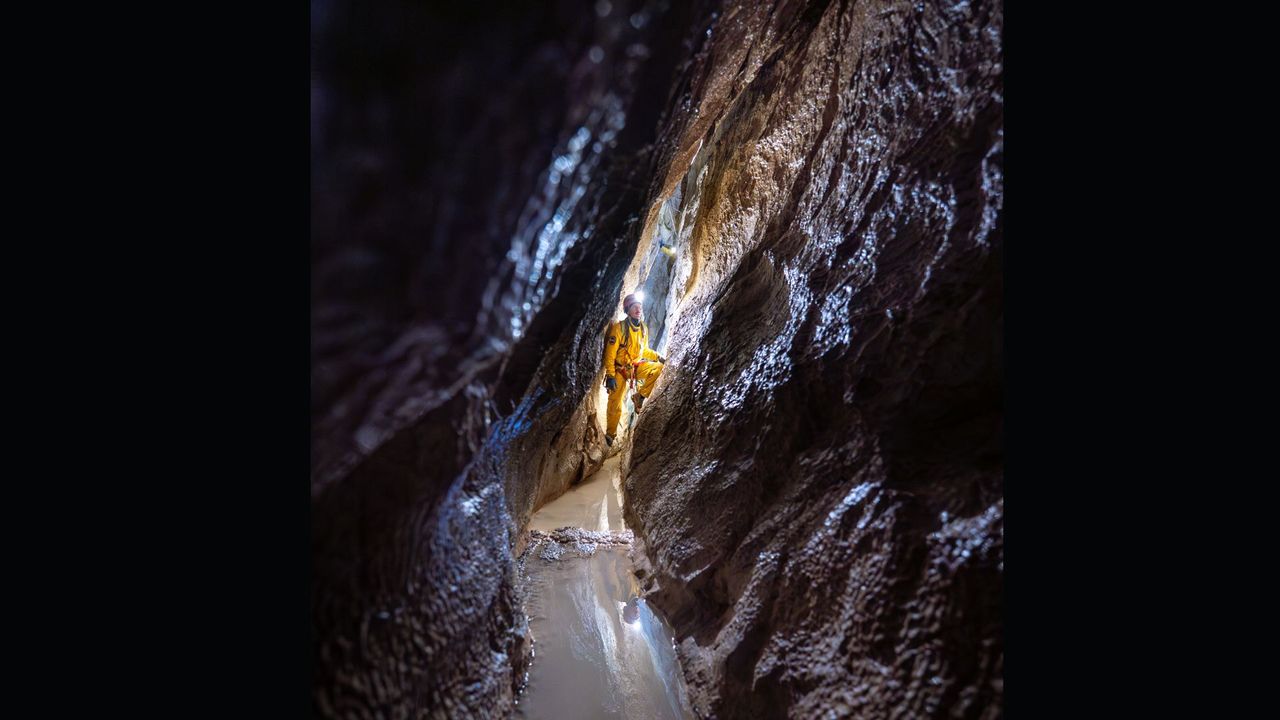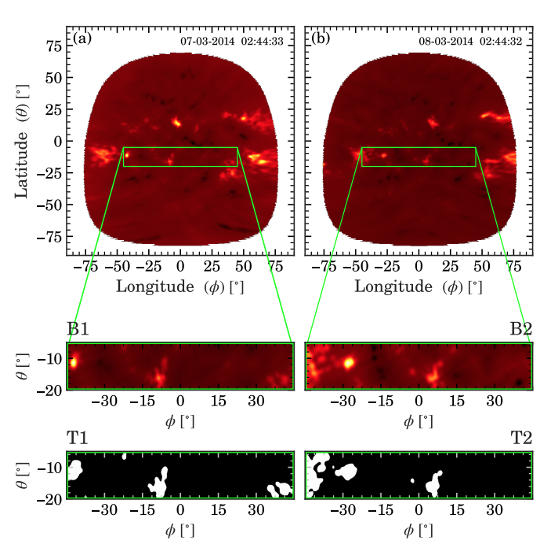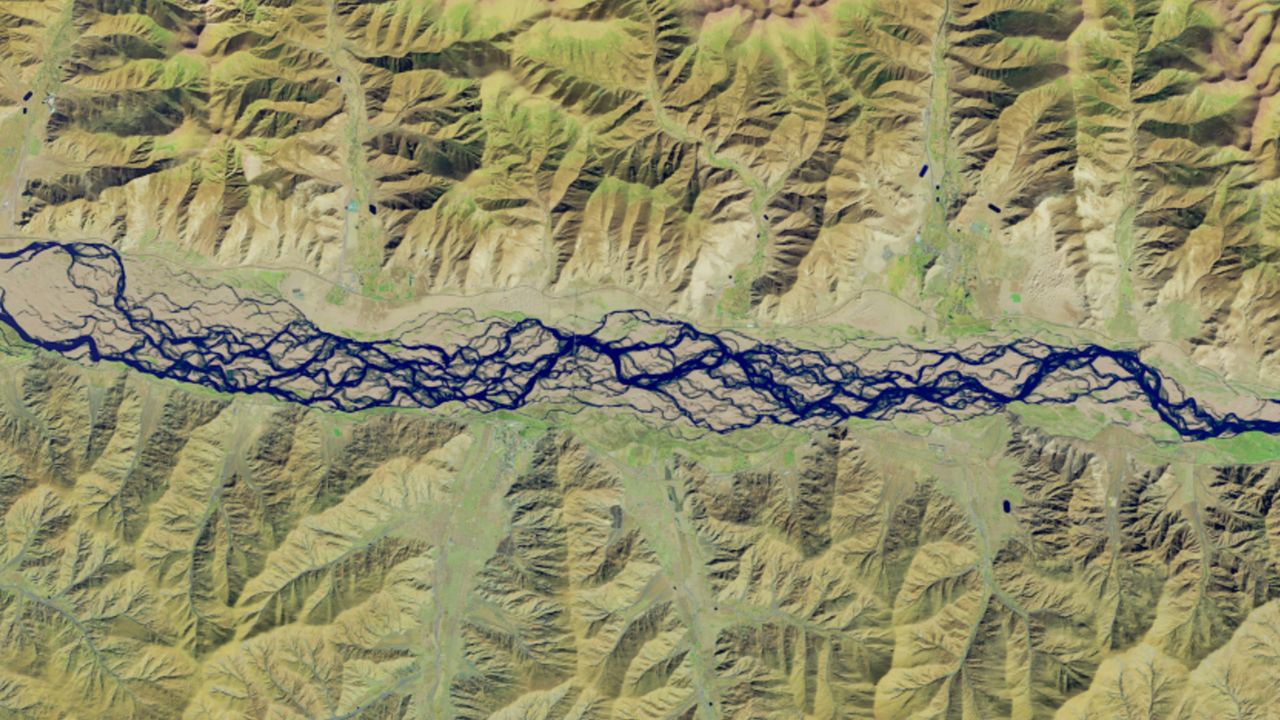Can you solve it? The London cab that rode into history
PositiveScience

A fascinating piece of mathematical history is brought to light with the story of the London cab that carried G. H. Hardy to visit Srinivasa Ramanujan in 1919. The cab's license number, 1729, was deemed unremarkable by Hardy, but Ramanujan recognized it as the smallest number expressible as the sum of two cubes in two different ways. This anecdote not only highlights the brilliance of Ramanujan but also emphasizes the beauty of numbers in mathematics, making it a delightful reminder of how seemingly mundane details can hold profound significance.
— Curated by the World Pulse Now AI Editorial System







